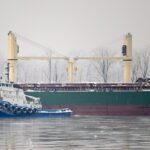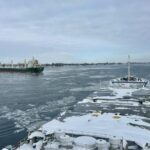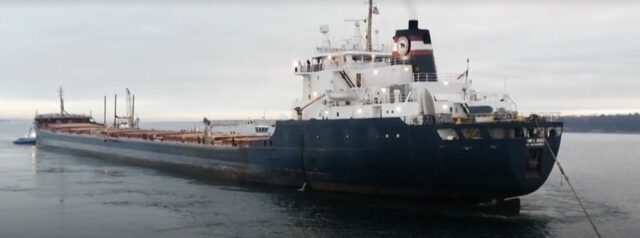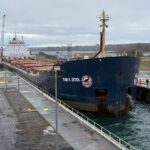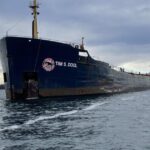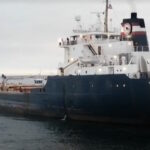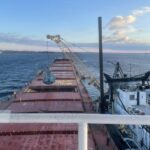Maccoa
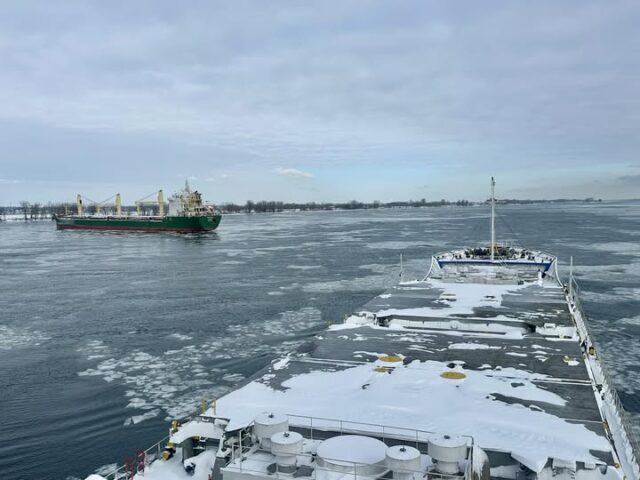
On the early morning hours of December 24, the 185 meter long, 30898 dwt bulk carrier Maccoa (IMO: 9413913) ran aground on the St. Lawrence River near Ile Marie and Vercheres, Quebec, Canada. The Maccoa departed from Montreal on December 23 bound for Waterford, Ireland when it suffered a power blackout and drifted out of the shipping lane. The Canadian Coast Guard was alerted and found the vessel in stable condition. There were no reports of damage or water ingress. The Coast Guard delivered generators and supplies to the bulk carrier while a survey was conducted for a salvage plan.
The crew was able to restore power on the night of December 24, but the Maccoa will not be re-floated due to the holidays. No reports of injuries to the 20 crew on board.
The Coast Guard has launched an investigation into the incident.

